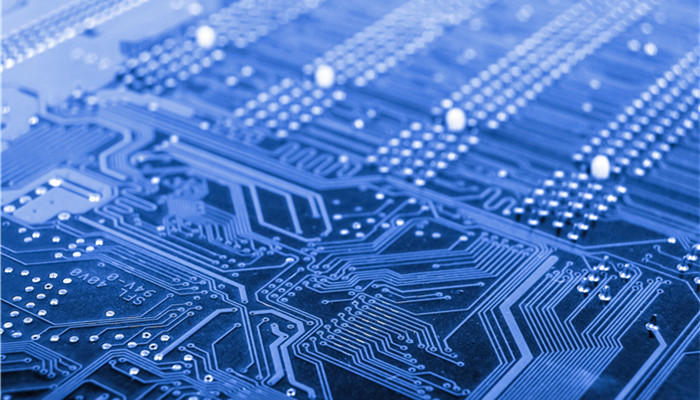
Lithium difluoroxalate borate (LiODFB) has great development potential and is expected to replace LiPF6 as a new lithium salt for electrolytes.
Lithium difluoroxalate borate, referred to as LiODFB, is a new lithium salt with the molecular formula C2BF2LiO4. It appears as white powder or crystal, is highly soluble in water, and can be dissolved in carbonate solvents, ether compounds, and γ-butyrolactone. and other solvents.
The structure of lithium difluoroborate is similar to that of lithium bisoxaloborate (LiBOB) and lithium tetrafluoroborate (LiBF4). It has excellent high and low temperature properties, thermal stability, conductive properties, cycle performance and a wide operating temperature limit. It can not only As a film-forming additive, it is used in lithium battery electrolyte to form a good solid electrolyte phase interface (SEI film) to improve the cycle performance and rate performance of the battery in a wide temperature range; it can also be used as a conductive alternative to lithium hexafluorophosphate (LiPF6) Salt is used in the electrolyte to expand the operating temperature limit of the battery and improve the conductivity of the electrolyte.
According to the “2023-2028 Lithium difluoroxalate borate (LiODFB) industry market in-depth research and investment prospect forecast analysis report” released by the Industrial Research Center shows that lithium difluoroxalate borate has broad development prospects in the field of power batteries. Currently, under the background of the booming development of the domestic new energy vehicle industry, the shipment volume of lithium batteries and electrolytes continues to grow, and then lithium difluoroxalate borate The market has brought about broad development space. In 2022, the domestic lithium battery electrolyte market shipments have reached 901,000 tons, a year-on-year increase of 76.8%.
Lithium difluoroxalate borate has high technical barriers and is currently mainly produced through three methods: solid phase reaction, aqueous phase reaction, and organic phase reaction. The solid-phase reaction method refers to a method that uses compounds containing fluorine, boron, lithium, and oxalate as raw materials to generate LiODFB through ball milling, high-temperature reaction, purification, etc.; the water-phase reaction method refers to using lithium-, boron-containing compounds as raw materials. , oxalate compounds are used as raw materials, and are added to HF aqueous solution to generate LiODFB through chemical reactions; the organic phase reaction method refers to using BF3, H3BO3, LiB4 or LiBOB as raw materials, and using dialkyl carbonate, nitrile, etc. as organic Solvent, a method to generate LiODFB through reaction. Among them, the organic phase reaction method is currently the most commonly used method for producing LiODFB.
At present, the global production capacity of lithium difluoroxalate borate is mainly concentrated in China, South Korea, Japan and other countries. Among them, my country is the world’s main producer of lithium difluoroxalate borate. In 2022, domestic production capacity will account for more than 85% of the global total production capacity. Domestic lithium difluoroxalate borate companies mainly include Tianzhu Hongfluoro Lithium Technology, Suzhou Qitian New Materials, Zhejiang Shengchi New Materials, Shanghai Rukun New Materials, Hunan Eddie Tewei, Jiangsu Taiji Materials, and Shandong Sennuowe New Energy, Hebei Jinhong Chemical, Lanzhou Chuxin New Materials, Hangzhou Sima Chemical, etc.
Industrial analysts personnel said that lithium difluoroxalate borate is the most promising alternative to lithium hexafluorophosphate (LiPF6) This new type of conductive salt has broad development prospects in the field of power batteries. Lithium difluoroxalate borate has high technical barriers. Currently, my country is the world’s leading producer. In the future, as local companies continue to improve their technology and increase product innovation, local companies with technology and cost advantages are expected to dominate the domestic lithium difluoroxalate borate market. Benefit first, and the industry development trend is improving.

 微信扫一扫打赏
微信扫一扫打赏

